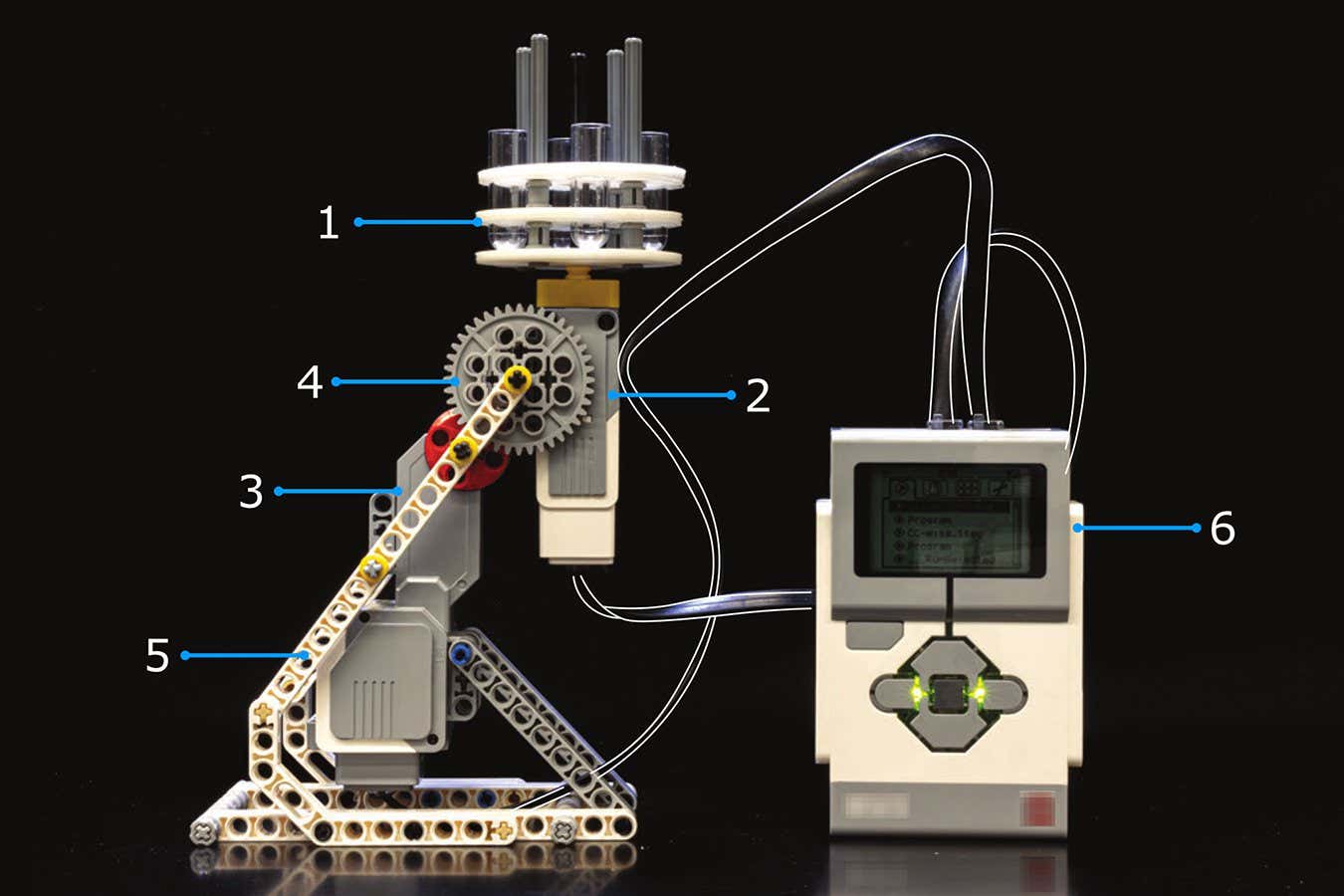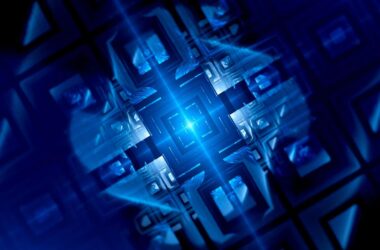The Lego robot, developed by students at Arizona State University, has proven to be a valuable tool in the creation of DNA-based machines. The robot consists of a single arm with a holder for cylindrical tubes and is capable of mixing the liquid contents of these tubes. This process involves tilting the tubes from vertical to horizontal and rapidly spinning them, resulting in a uniform decrease in density from the bottom to the top.
The robot is constructed entirely from Lego kits, utilizing gears, connecting blocks, and two motors. The only component that had to be 3D printed was the tube holder. This design is a smaller and faster version of traditional “gradient mixers”.
By using the Lego robot to mix the liquids, researchers can purify tiny structures made of DNA molecules. These structures have the potential to act as microscopic machines that can perform tasks within cells and provide insights into the functions of naturally occurring molecular machines, such as proteins.
Compared to conventional methods that require expensive and complex machinery, the Lego robot can create the necessary density gradient in just one minute, significantly speeding up the purification process. Researchers, like Katherine Dunn at the University of Edinburgh, believe that the Lego robot has the potential to make the purification process cheaper and quicker.
It should be noted that the robot itself is just one component of the purification procedure and may not be useful to laboratories lacking the necessary equipment. However, considering its relatively low cost of $350, which is $100 cheaper than store-bought devices, the Lego robot offers a convenient and accessible way to prototype devices that can enhance existing lab routines.








